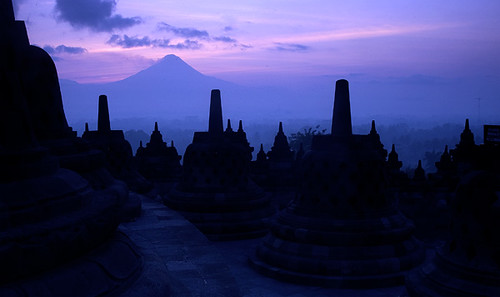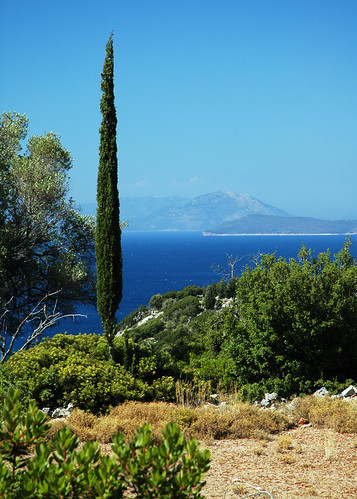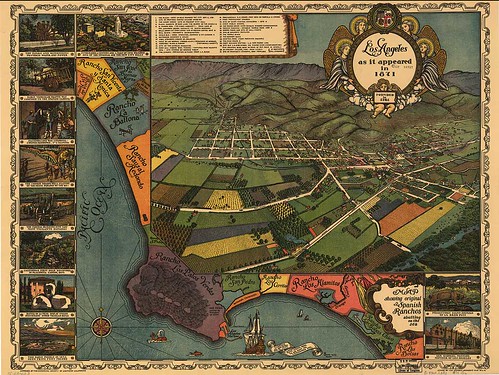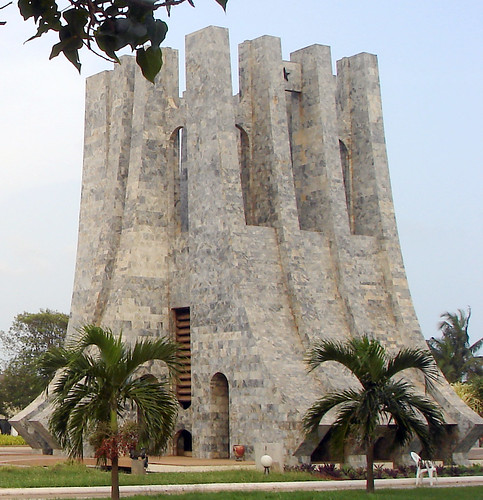One of the first YouTube videos that caught my attention was this guy acting like spider-man. Sure, that looked like it would be fun, a little dangerous maybe, but still fun. What I didn't know then was that this had a name: Free Running.
Free Running is the successor to Le Parkour, a style of movement based on efficiency, reach, and escape. It's originated from French solidiers in Vietnam who found applications on the battlefield. Free Running developed under more banal conditions, "in this otherwise wholly unremarkable suburb of Lisses." The Guardian describes it succinctly,
A new urban sport which emerged from the southern suburbs of Paris, free-running uses gymnastic skills to find alarming new ways of navigating the urban landscape. It is the free-runners' fondness for catapulting themselves at dangerous heights over anxiety-inducing distances that has brought them notoriety - initially within the confines of their mayor's office, but more recently on an international level.
Free Running has evolved into a philosophy of sorts. According to Sebastien Foucan (a character in the latest James Bond film), "I see it as a way of freeing onself from the constraints of conformist behaviour." The free-form motion of human bodies navigating built landscapes is something to behold. Unlike classical gymnastics, Free Running lends itself to personal expression. The lack of a controlled setting (padding, safety nets, etc.) forces the Runner to confront their fears and build confidence.
What is also fascinating about this phenomenon is how it emerged from an urban environment that children found uninteresting.
Lisses is a quiet town 50 minutes south of Paris, situated beyond the warehouses, car-crushing plants, abandoned building sites and rubbish dumps of the more deprived suburbs. The roads are well swept and the gardens are tidy. It's a safe place to live, and the local school-children find it very dull.
Lisses' mayor invoked The Law of Unintended Consequences when he installed barriers to obstruct Free Runners. What the city forgot is that Free Running is about avoiding obstacles, using the human body to move around barriers. The city faces a
perverse incentive, attempts to quell this "problem" with physical implements will invariably lead to increased attempts at Free Running.
For years developers, builders, and building owners have tried to protect their property (and liability insurance) by installing anti-skateboarding obstructions. This concept of built-in control is addressed by the excellent
Architectures of Control. Free Running (and it's predecessor, Le Parkour) are human examples of adaptation. I find it inspiring.
Google Video search for
Parkour and
Free Running.







